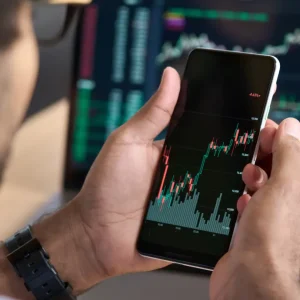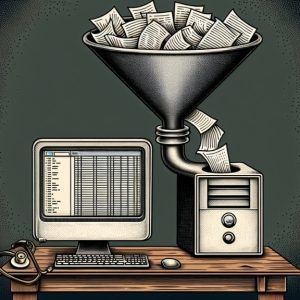
Starting tomorrow the European Union will operate on one electronic invoicing standard that is based on a semantic data model – and all national authorities engaging in public procurement across the EU need to comply. Its most basic demand of public authorities: the ability to receive and process electronic invoices.
The deadline is for national-level public bodies. Regional and local EU member state authorities have an additional year to ensure compliance with the new system. The Commission estimates that businesses using electronic invoicing have managed to save over £790 million-equivalent during the period 2015 to 2017.
A key objective of the European standard on eInvoicing is to make it possible for sellers to send invoices to many customers by using a single eInvoicing format, in a bid to harmonise procurement processes across the continent.

Commissioner Elżbieta Bieńkowska, responsible for Internal Market, Industry, Entrepreneurship and SMEs said in a short statement: “eInvoicing promotes the digital transformation of public administrations in Europe and of the broader European economy.”
She added: “The new eInvoicing standard supports financial transparency, helps reduce costs and improves efficiency in public procurement transactions. The Commission is supporting the implementation of eInvoicing at national level, so all business across Europe, especially SMEs, can benefit from it.”
The European Commission has invested over £30 million into helping organisations acclimatise to the new requirements. It has also invested into research that will look at new methods to integrate emerging technology such as automation and machine learning into the invoicing process for businesses.
The New eInvoicing Standard
The new European standard for eInvoicing defines what a core invoice data model should look like, based on “semantic standardisation”.
As the EU states that: “The European standard does not define the technical structure (syntax) of the electronic invoice but instead uses two international XML message standards that were recognised to be able to carry the information defined in the core invoice data model. The European standard specifies how the information in the core invoice is to be mapped into each message standard.”
The EU hopes that the new standard will not only help to move businesses towards a paperless invoicing system, thus helping them save money and reduce their carbon footprint, but also facilitate automatic processing of payments and invoices; making it easier for companies to operate across member states.
It has provided a list of eInvoicing service providers here.
http://eirc.westeurope.cloudapp.azure.com/search/service-providers_en






